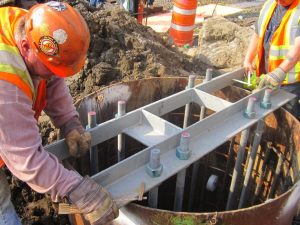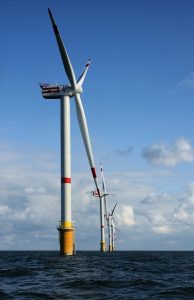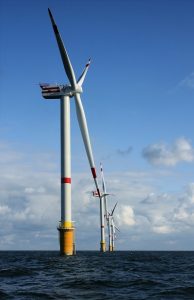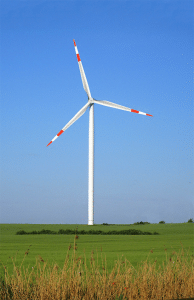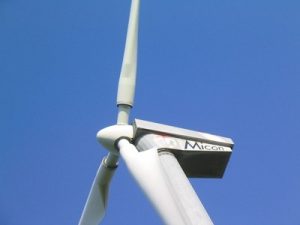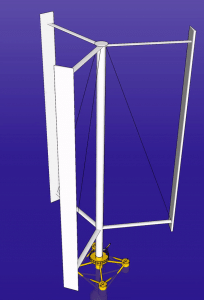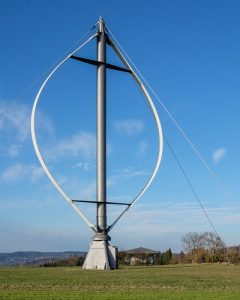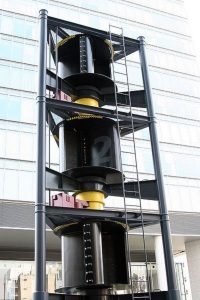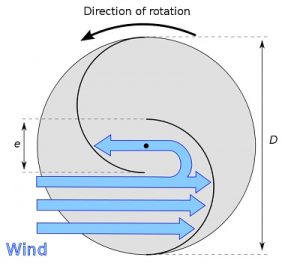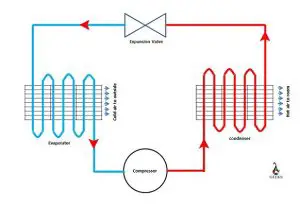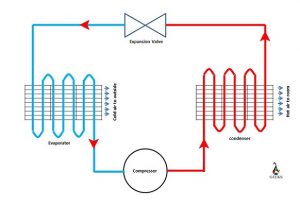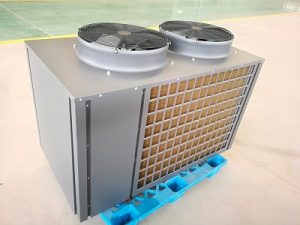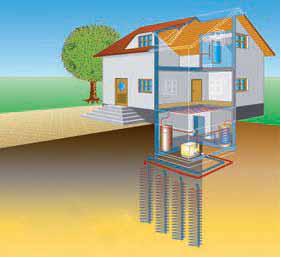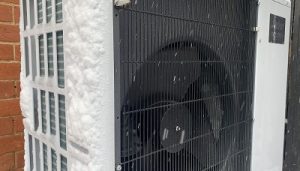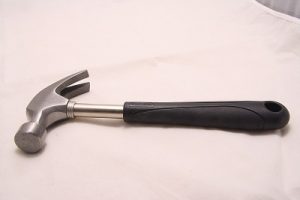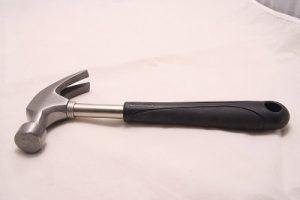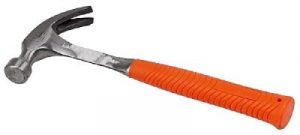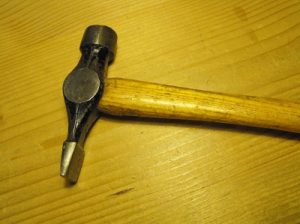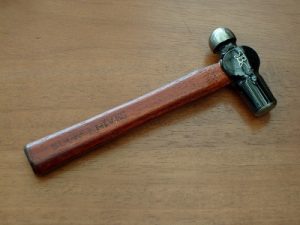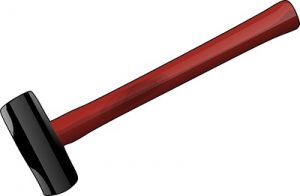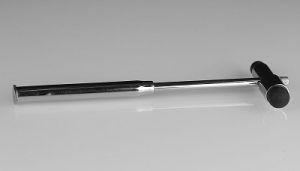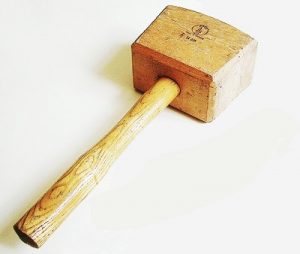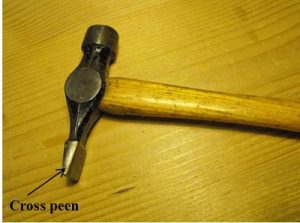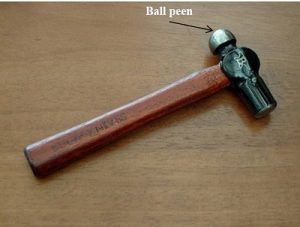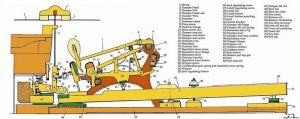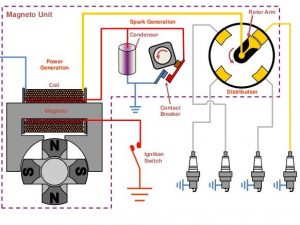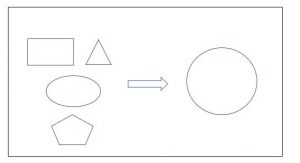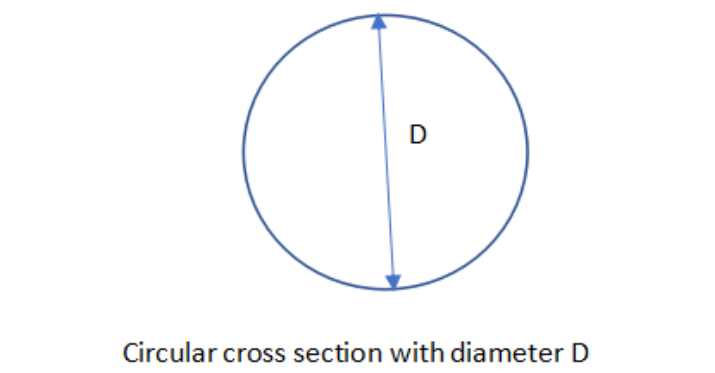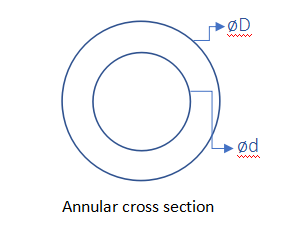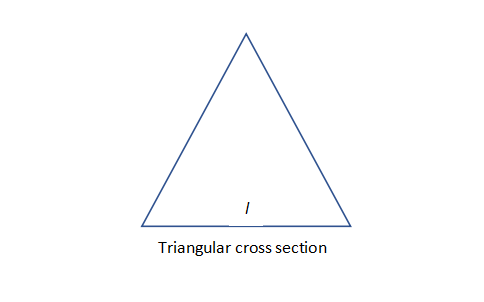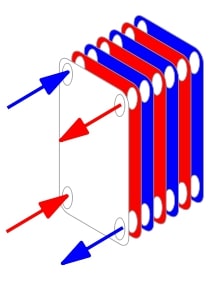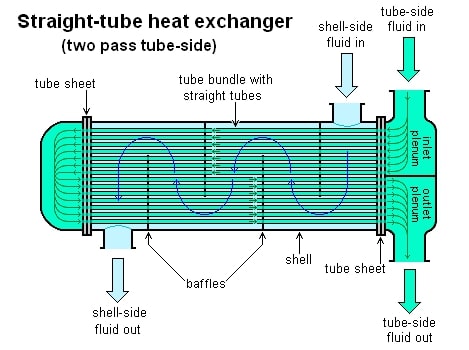- Types of bolts with pictures
- Anchor bolt
- Anchor bolt types
- Carriage bolt
- Elevator bolt
- Flange bolt
- Hangar bolt
- Hexagonal bolt
- Huck bolt
- Lag bolt
- Plow bolt
- Square head bolt
- Stud bolt
- Timber bolt
- T head bolt
- U bolt
- Tower bolt
- Eye bolt types
- Types of nuts
- Types of failure of bolted joints
- Bolt finish types
- Practice questions
Fasteners are used to join two parts or lock one part into another. Bolt is one such type of mechanical fastener.
Bolts have external threads that use tightening torque to fulfill the purpose. Unlike screws, most bolts require a nut to achieve a tight joint. This article discusses about different bolt types with pictures.
Types of bolt with pictures
Bolts come in different materials and sizes. Their selection depends on the application.
Various types of bolts are-
- Anchor bolt
- Carriage bolt
- Elevator bolt
- Flange bolt
- Hanger bolt
- Hexagon bolt/ Tap bolt
- Huck bolt
- Lag bolt
- Machine bolt
- Plow bolt
- Square head bolt
- Stud bolt
- Timber bolt
- T-head bolt
- Toggle bolt
- U-bolt
- Tower bolt
Anchor bolt
Anchor bolts are used on concrete surfaces. It acts as a fastener between a concrete surface and part which is to be fastened or joined.
Generally a concrete epoxy is applied inside the hole (made in concrete slab). Anchor bolt is then twisted inside this epoxy. After epoxy dries, a firm and strong joint is produced. This type of bolt transfers both tension and shear loads.
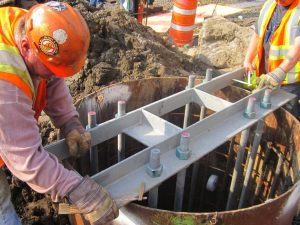
Image credits: “CH053 – Catenary B-914E North Rebar and Anchor Bolts (03-29-2012)” by MTA C&D – EAST SIDE ACCESS is licensed under CC BY 2.0
Types of anchor bolts
Anchor bolts are of two types depending upon when they are used-
- Cast in place: These are installed before pouring of concrete. Examples of cast in place anchor bolts are hex head bolt, L bolt, J bolt etc.
- Post installed: These are installed after pouring of concrete. Examples of post installed anchor bolts are Undercut anchors, sleeve type anchors, stud type anchor etc.
Carriage bolt
Carriage bolts are typically used to fasten a metal and wood or fasten two woods together. Some are specially designed such that they are used for fastening two different metals.
This type of bolt is distinguished from other bolts by its mushroom shaped head. It has a square cross section just below the head and then circular throughout. This makes the bolt self-locking when put inside a hole with square cross section.

Image credits: “Threaded” by Thad Zajdowicz is licensed under CC BY 2.0
Elevator bolt
Elevator bolts, as the name suggests, are used in conveyer belt systems.
They have a large flat head and are designed to hold canvas belts. They are very strong and can be used in home toolkit. They are also called as bucket bolts and used a hex nut.
Flange bolt
It has a flange like feature just below the head which allows the bolt to carry high amount of loads and becomes easier for production.
A flange bolt finds its application in automotive and plumbing industries.
Hanger bolt
Hanger bolts are headless bolts that are typically used to join wood to metal.
These bolts do not have heads. They have wood or slow threading on one side and machine threading on other. They may require a nut depending upon the load applied.
Hexagonal bolt
Hexagonal or hex bolts have a distinct hexagonal head. These bolts come in variety of finishes and find applications in automotive and construction industry.
The hexagonal shape of its head makes the grip stronger and easier for the worker. It can be loosen or tighten by hand also. They are available in both partially threaded and fully threaded types. They can carry high tensile loads.
Huck bolt
Huck bolts have different locking mechanism than other bolts. Where most bolts use a nut for locking, huck bolts use a cylindrical collar which has a smooth internal diameter. This collar is placed on a pin with locking groves.
These bolts provide direct meta to metal contact which reduces the effect of transverse vibration.
Lag bolt
Lag bolts are one of the toughest fasteners. They are thick and usually have a hexagonal head to account for force needed to install them.
These bolts are used in construction industry to fasten pieces of lumber together. It provides a durable connection due to its high strength. These bolts can bear heavy loads.
Plow bolt
Plow bolt has a unique feature, that is, a non-protruding head. This bolt has a square or hexagonal cross section below the head which is used to tighten or loosen the bolt.
This type of bolts are usually used in farm and road construction industry.
Square head bolt
As the name suggests, this type of bolt has a square head. These type of bolts were used when hexagonal bolts didn’t enter the market.
These bolts are used mostly for aesthetic purposes i.e. for giving a rusty old fashion look.
Stud bolt
Stud refers to a threaded bar. Stud bolt is simply a cylindrical bar having threads at both ends. Two nuts at each end in locking the system.
Usually one end of the stud is kept fixed and other moving. So it finds its application in machines where one end is mobile for example in lathes.
Timber bolt
Timber bolts have flat heads and are used to join two pieces of wood. It has two fins below the head which avoids the bolt to move inside the wood.
T bolt
T bolts have a T shaped head. These are widely used in CNC machines.
U bolt
U bolt have the shape of letter U. These bolts have threads on both the ends and are locked with the help of nut. These bolts have threads on both the ends.
Tower bolt
Tower bolts are used in doors. It is used as a stopper for doors that is it locks the door.
Eye bolt types
Appears as a hook, eye bolt is used for lifting applications. Eye bolts can be used in pushing, pulling, hoisting, anchoring applications etc. The main parts of eye bolt are- eye, shoulder and shank.
Eye bolt has two types, they are-
- Shouldered eye bolt- It has a shoulder on top of the shank. This allows the bolt to bear angular stresses as well. If locked properly, this bolt allows side stresses as well.
- Non-shouldered eye bolt-Shoulder is absent in non-shouldered bolts. Due to this, only vertical (in-line) stresses can be are allowed else the bolt will fail.
Types of nuts
Nuts are used for locking the bolt in its place. They have a circular cross section and have inner threads that lock with external threads of bolt.
According to the type bolt used, the type of nut also varies. Various types of nuts are-
- Axle hat nuts
- Hex nuts
- Jam nuts
- Lock nuts
- Push nuts
- Rod coupling nuts
- Speed nuts
- Square nuts
- Tee nuts
- Wing nuts
Types of failures in bolts
Every mechanical component fails after certain point of time.
Excessive stresses can also cause failure in bolts. According to type of stress, bolt failure can occur in following ways-
- Shear failure
- Tensile failure
- Bearing failure of bolt
- Bearing failure of plates
- Tensile failure of plates
- Block shear failure
Bolt finish types
Surface finish is an essential feature of any mechanical component. Frictional forces acting on a smooth surface are lesser than those acting on a rough surface.
Common ways of finishing in bolts are-
- Zinc electroplating
- Galvanising
- Other techniques include using of black oxide, blue phosphate.
Practice questions
1. What are types of foundation bolts?
Foundation bolts are used for securing a machine to the base or support. The base acts as the foundation here.
Most commonly used foundation bolts are anchor bolts. These bolts bear the weight of the structure. These bolts transmit stresses to the foundation that incurred from the structure.
2. What is bolt pretension and is it different from bolt preload?
Bolt pretension or bolt preload is the tension created in the joint due to compressive force exerted by the nut.
This is very essential for any joint because it gives a tight sealed joint. A lose joint may lead to bolt failure or simply failure of whole system. Preloading ensures a proper joint.
3. What is the difference between a bolt and a machine screw?
Although both screws and bolts are fasteners having external threads, they both have certain features that vary.
Bolt is a mechanical fastener that uses a washer or nut to tighten the joint. A screw is a tapered mechanical fastener that doesn’t use washer or nut. They are simply locked with the internal thread of hole. Sometimes, screws create their own threads to get locked inside the hole.
4. What is the difference between bearing bolt and friction bolt?
The principle difference between bearing bolt and friction bolt lies in the name itself.
In bearing bolt, the stresses are generated from the sides of hole that is bolt contacts with the sides of hole. In friction bolt, the stress is transferred across the plates with the help of friction. The bolt is tightened to clamps which creates high pressure among the parts.
5. What is the difference between a wedge anchor bolt and a sleeve anchor bolt?
Wedge anchor and sleeve anchor are both used for supporting the structure. The difference lies in the type of support and material on which it is to be used.
Wedge anchors are used in heavy duty applications are mostly used for poured concrete. On the other hand, sleeve anchor is used in light duty applications and can be used in brick and mortar where wedge anchor can’t be used.
6. What are screws without heads called?
Headless screws or screws without heads are also called as set screws.
These screws have thread at both the ends and are designed to join two parts together at both the ends.
